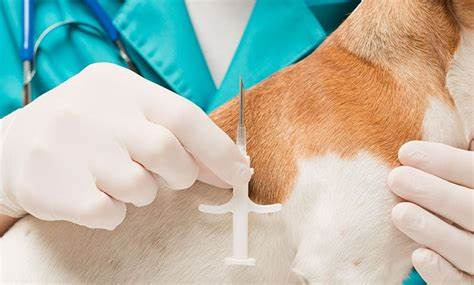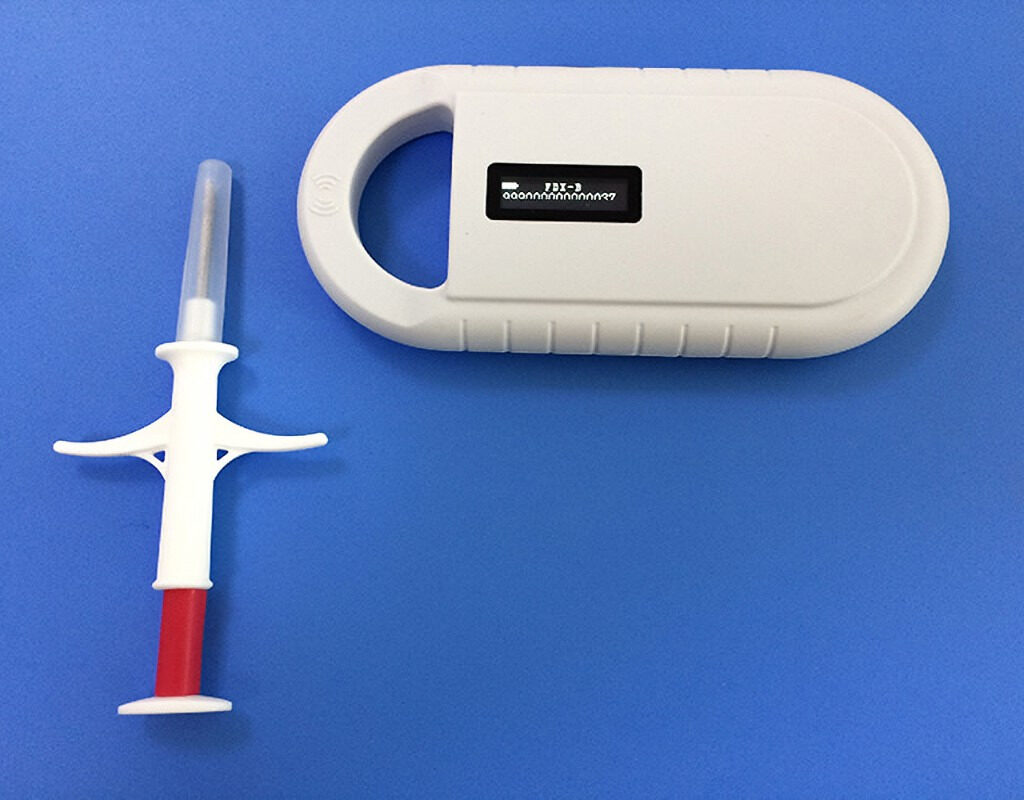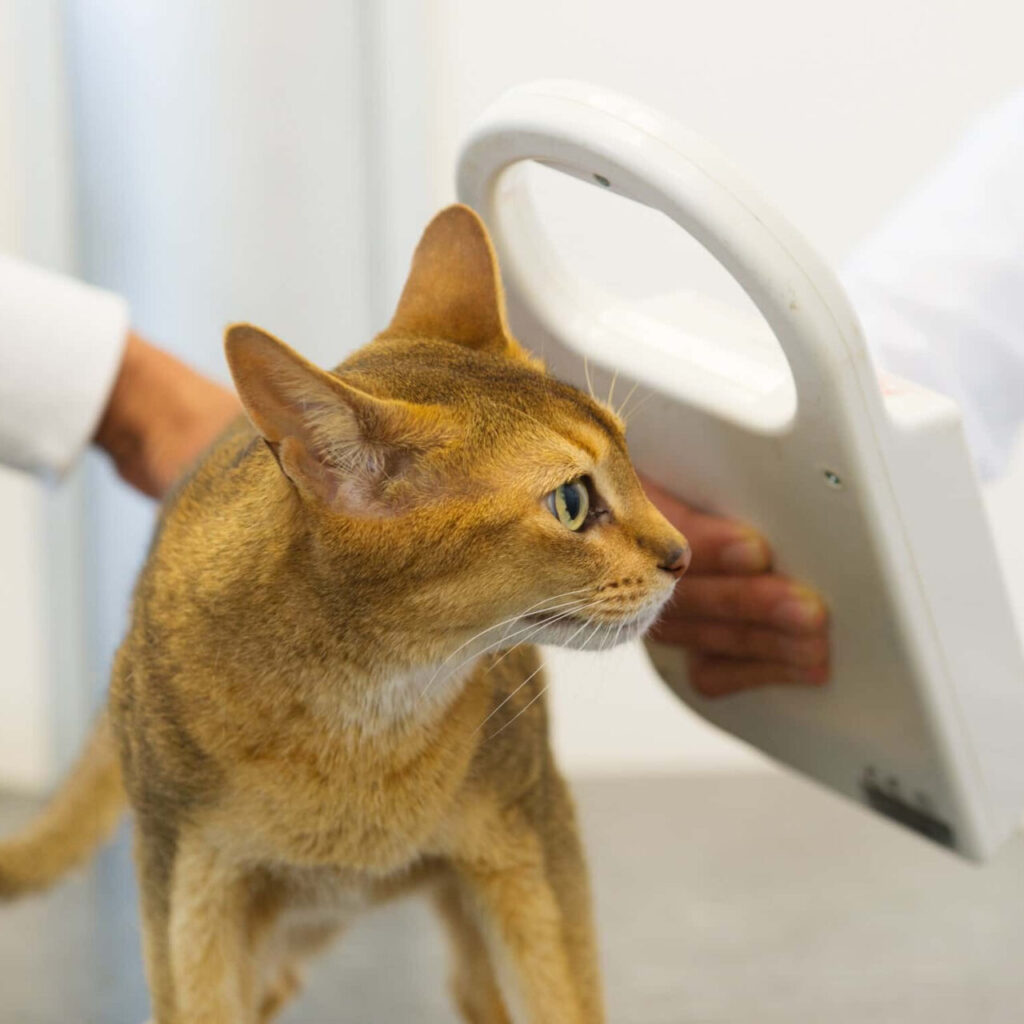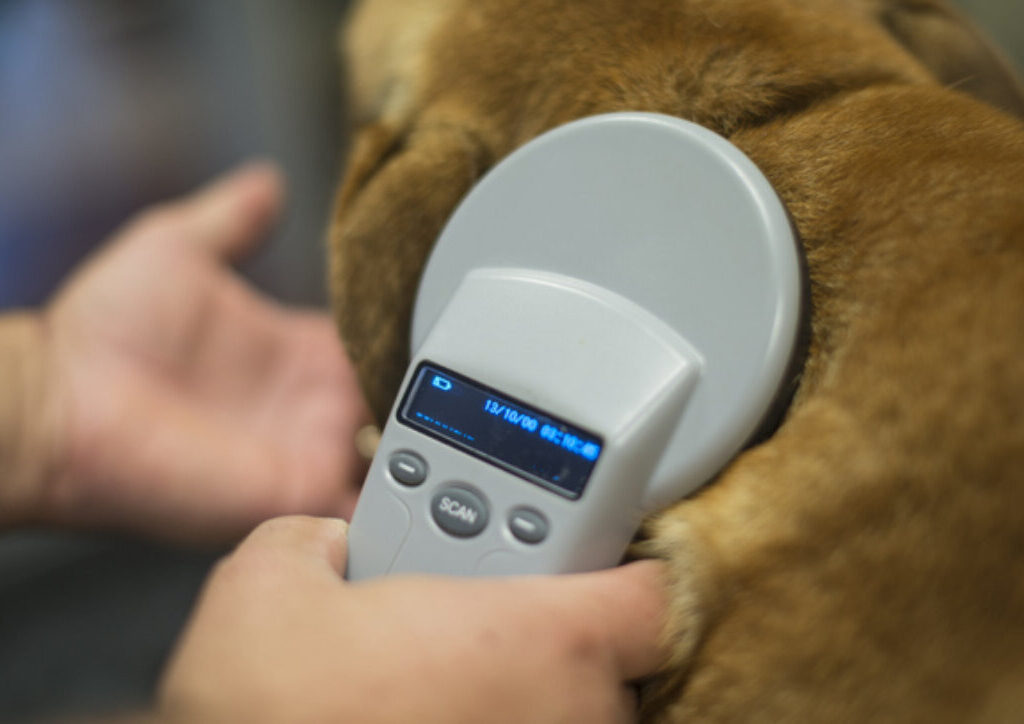
Introduction
If you are a pet owner, you probably know how important it is to keep your furry friend safe and secure. You may have heard of pet microchips, but do you know how they work and what benefits they offer? In this article, we will explain everything you need to know about pet microchip, how they work, why they are useful, and how to get one for your pet.
What is a Pet Microchip?

A pet microchip is a small electronic device that is implanted under the skin of your pet. It is about the size of a grain of rice and contains a unique identification number that can be read by a scanner. The microchip does not have a battery or any moving parts, and it does not emit any signals. It is activated only when a scanner passes over it and reads the identification number.
How Does a Pet Microchip Work?

A pet microchip works by using radio-frequency identification (RFID) technology. When a scanner passes over the microchip, it emits a low-frequency radio wave that activates the microchip. The microchip then transmits its identification number back to the scanner, which displays it on a screen. The scanner can also access a database that contains the contact information of the pet owner, if the microchip is registered.
Why Does My Pet Need a Microchip?

A pet microchip is a permanent and reliable way of identifying your pet in case they get lost or stolen. Unlike collars, tags, or tattoos, a microchip cannot be removed, damaged, or altered. A microchip can also prove your ownership of your pet in case of a dispute or a legal issue. A microchip can increase the chances of finding your pet and bringing them home safely.
How to Get a Microchip for My Pet?
Getting a microchip for your pet is a simple and safe procedure that can be done by a veterinarian or a qualified professional. The microchip is injected under the loose skin between your pet’s shoulder blades using a sterile needle. The process is quick, painless, and similar to a vaccination. Your pet will not need any anesthesia or recovery time. The microchip will stay in place for the rest of your pet’s life and will not cause any discomfort or side effects.
How to Register a Pet Microchip?
After getting a microchip for your pet, you need to register it with a national pet recovery database. This is a crucial step that will link your pet’s identification number to your contact information, such as your name, address, phone number, and email. You can register your pet’s microchip online, by phone, or by mail, depending on the database you choose. You will also need to pay a one-time or annual fee, depending on the database you choose. Some of the most popular databases in the U.S. are:
- AKC Reunite: This is the official recovery service of the American Kennel Club, and it accepts all brands of microchips. It offers a lifetime enrollment for a one-time fee of $19.50, and it provides a 24/7 toll-free hotline, a lost pet alert system, and a collar tag with your pet’s microchip number.
- HomeAgain: This is one of the largest and most comprehensive pet recovery services in the U.S., and it accepts all brands of microchips. It offers a yearly membership for $21.99, and it provides a 24/7 emergency medical hotline, a lost pet alert system, a personalized lost pet poster, and a travel assistance program for pets found more than 500 miles from home.
- PetLink: This is a free and secure pet recovery service that accepts all brands of microchips. It offers a lifetime enrollment for a one-time fee of $19.99, and it provides a 24/7 online access, a lost pet alert system, and a collar tag with your pet’s microchip number.
You can also check if your pet’s microchip is registered with any database by using the [AAHA Universal Pet Microchip Lookup Tool], which is a free online service that searches multiple databases at once.
How to Update a Pet Microchip?
It is very important to keep your pet’s microchip information up to date, especially if you move, change your phone number, or transfer the ownership of your pet. You can update your pet’s microchip information online, by phone, or by mail, depending on the database you registered with. You may also need to pay a fee, depending on the database you registered with. You should update your pet’s microchip information as soon as possible, and at least once a year.
How to Scan a Pet Microchip?

If you find a lost or stray pet, you can scan their microchip to find their owner’s contact information. You can take the pet to a local animal shelter, a veterinary clinic, or a pet store, where they will have a scanner that can read all types of microchips. You can also buy your own scanner online, but they can be expensive and may not read all types of microchips. Once you scan the pet’s microchip, you can call the database that the microchip is registered with, and they will provide you with the owner’s contact information, if available.
READ MORE
How Pet Food is Made: A Guide to Pet Food Production Process and Quality Standards
Conclusion
A pet microchip is a smart and simple way of protecting your pet and ensuring their safety. A pet microchip can help you find your pet if they get lost or stolen, and it can prove your ownership of your pet in case of a dispute or a legal issue. A pet microchip is easy and painless to implant, and it lasts for the lifetime of your pet. A pet microchip is also affordable and reliable, and it can be registered with a national pet recovery database that will store your contact information. A pet microchip is a must-have for every pet owner who loves their pet and wants to keep them safe.
FAQs
- Q: Does a pet microchip have GPS?
- A: No, a pet microchip does not have GPS or any tracking capabilities. It only stores a unique identification number that can be read by a scanner. A pet microchip is not a substitute for a collar, a tag, or a GPS device, but a complement to them.
- Q: Does a pet microchip hurt my pet?
- A: No, a pet microchip does not hurt your pet. The microchip is injected under the skin of your pet using a sterile needle, and the process is quick, painless, and similar to a vaccination. Your pet will not feel any discomfort or side effects from the microchip.
- Q: Does a pet microchip expire?
- A: No, a pet microchip does not expire. The microchip is made of biocompatible materials that will not degrade or cause any harm to your pet. The microchip will stay in place for the rest of your pet’s life and will not need to be replaced or recharged.
- Q: How much does a pet microchip cost?
- A: The cost of a pet microchip varies depending on the brand, the provider, and the location. The average cost of a pet microchip in the U.S. is between $25 and $50, which usually includes the implantation and the registration fees. Some animal shelters, rescue groups, or veterinary clinics may offer low-cost or free microchipping services for pets.
- Q: How do I know if my pet has a microchip?
- A: The best way to know if your pet has a microchip is to scan them with a scanner that can read all types of microchips. You can take your pet to a local animal shelter, a veterinary clinic, or a pet store, where they will have a scanner that can check for a microchip. You can also ask your pet’s breeder, shelter, or previous owner if they microchipped your pet. If your pet has a microchip, you should register it with a national pet recovery database and keep your contact information up to date.

